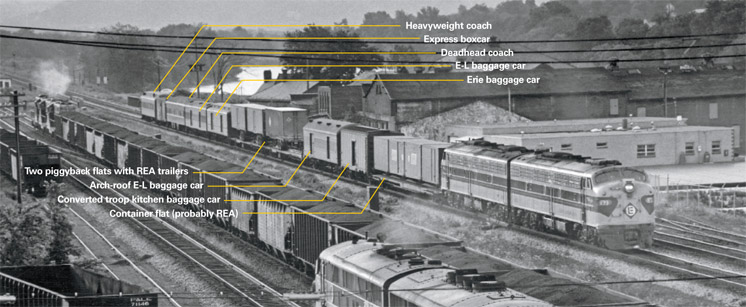
Small-to-medium-sized railroads forwarded most of the mail in Railway Post Office (RPO) cars and packages moved in a baggage car on regular trains. Local postal employees met these trains to transfer mail on and off the “working” mail cars during the station stop, and the train would wait for them to finish.
The REA handled packages with an “express messenger” who rode the baggage car. He sorted and dispatched the packages at the appropriate stops. Like the postal crew, REA also met the trains with enough men to make the transfers during the allotted station stop. Since REA was a private enterprise, its men had to get their work done within the scheduled stop, as the train didn’t wait.
Starting in the early 1950s, the Erie ran a pair of typical mail trains, Nos. 7 and 8, that continued after the October 1960 Erie-Lackawanna merger. An article in the January 1984 Trains magazine included the photo above of westbound train No. 7 at Binghamton, N.Y., in 1965.
The mixture of cars in No. 7’s consist shows the full range of mixed car types likely to appear in mail and express trains. Interestingly, the E-L timetable of the period noted “This train is primarily for mail, express, and baggage but has a New York-to-Chicago coach for use of passengers.” Passengers who wanted to ride it could look forward to a 25-hour trip that started and ended in the wee hours of the day. If the train was operating on time, three of No. 7’s stops were at stations with restaurants that could supply “snacks” around mealtimes during the long trip.
Sealed through cars were used by both the post office and REA during busy times. These baggage or storage mail cars were loaded in one city, closed and locked (sealed), moved to a destination, and then switched out and spotted for unloading. The post office commonly used sealed through baggage cars to transport presorted consumer magazines from publishers to distant cities for faster distribution.
Railroads that handled large amounts of head-end traffic often operated scheduled mail and express (M&E) trains. In the 1960s, the New York Central’s mainline M&E train often had up to 35 cars pulled by four E units. These dedicated trains reduced the station times for the regular passenger trains. Hauling full carloads of mail and express between major cities was more efficient, as switching cars in or out of the train was faster than waiting for the hand transfers.
Operating at passenger speeds, these trains made great time between intermediate stops. However, it wasn’t unusual for them to sit for a half-hour or more while the manual transfers of mail and express took place at smaller stops.
Some railroads and REA tried container systems and piggyback trailers to improve efficiency. However, any flatcars used in these systems had to be fitted with approved high-speed trucks and steam, air brake, and signal lines for use in passenger trains.
In any case, the RPO cars usually stayed on their home railroad’s normal routes, while sealed through baggage and mail storage cars could travel almost anywhere. Running a through baggage car from another railroad wouldn’t be unusual and could add an interesting bit of color to your railroad’s M&E train.






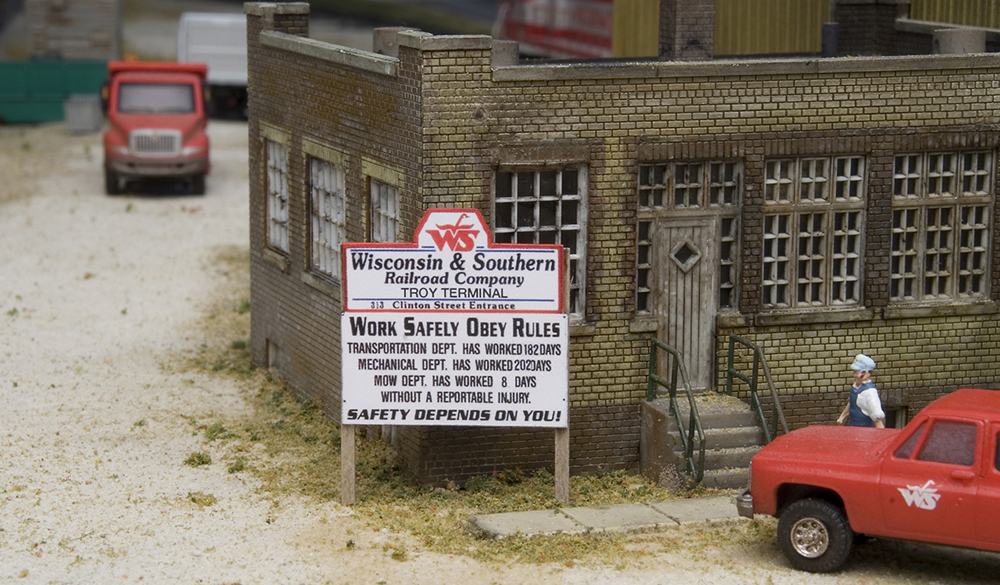
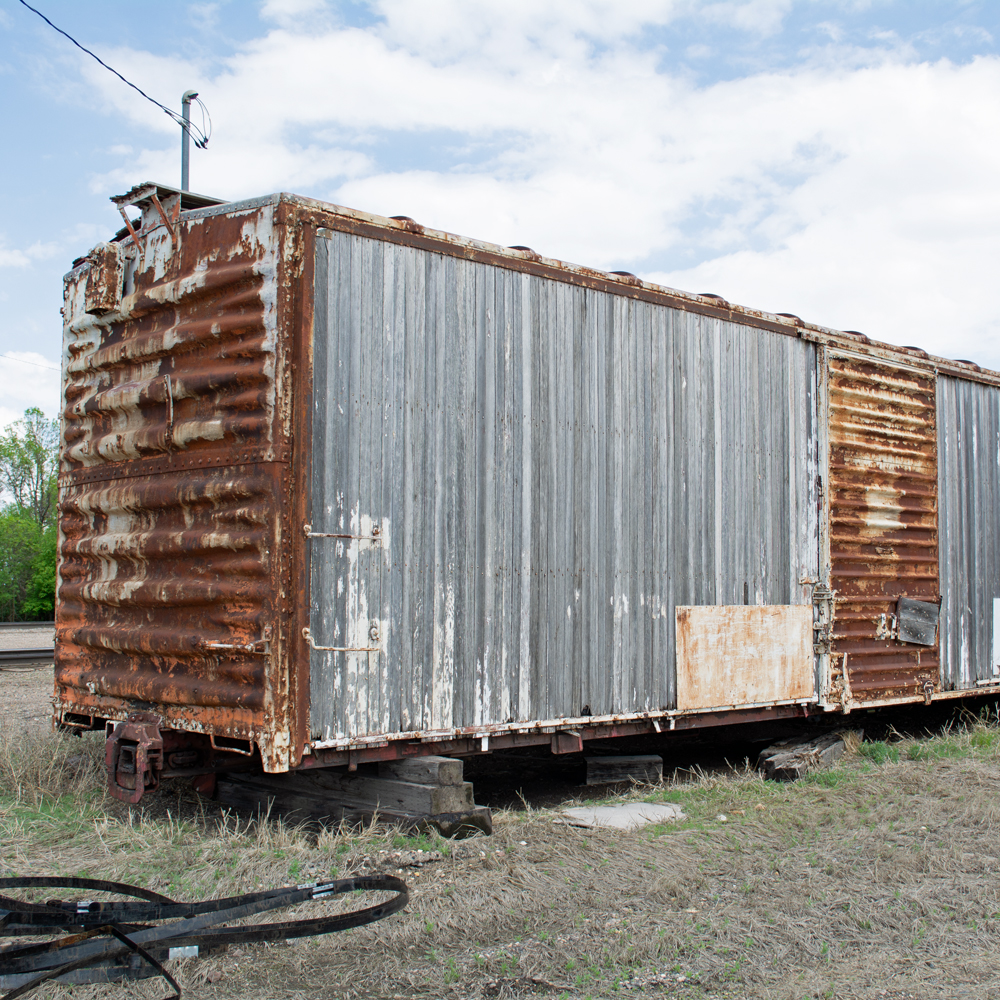
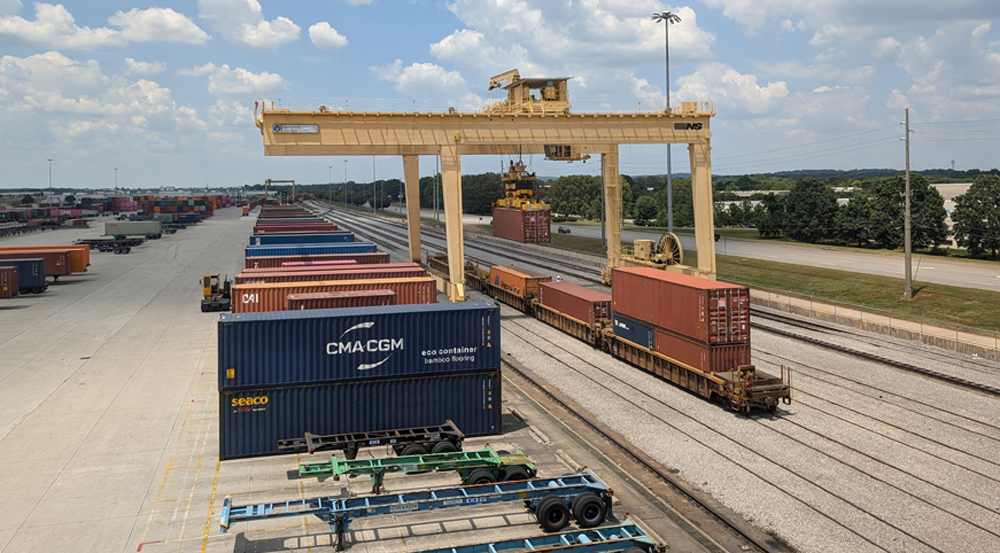
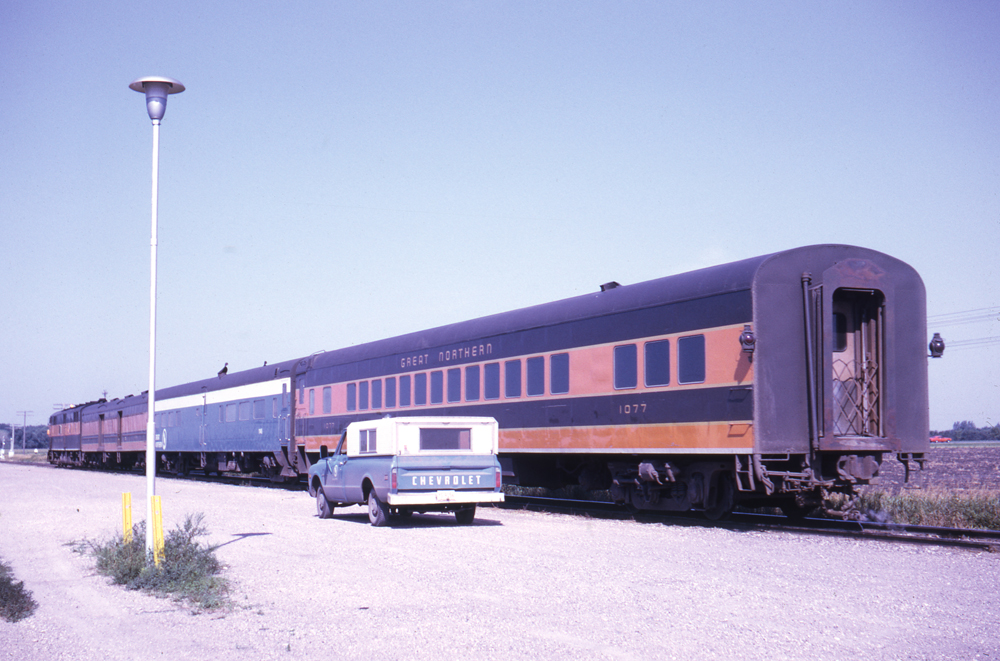




Question: You say RPO cars "usually" stayed on the home road, but how about in the case of name trains that ran over several railroads? For example, would an L&N Georgian/Hummingbird have a C&EI RPO only on the Chicago-Evansville leg and change out at Evansville, or would it be a pool car that could be C&EI, L&N or NC&StL RPO? If you can find an answer, please e-mail me at HammondJE@earthlink.net.–John Hammond
Very interesting info on the workings of dedicated mail/express trains.
Mail, news from other towns. Baby chickens were at the depot in the spring with lots of chirps and the people would pick the chicks up for summer eggs etc. Jim Hediger will be missed because of the good articles and the way he wrote them.than Thank You…………